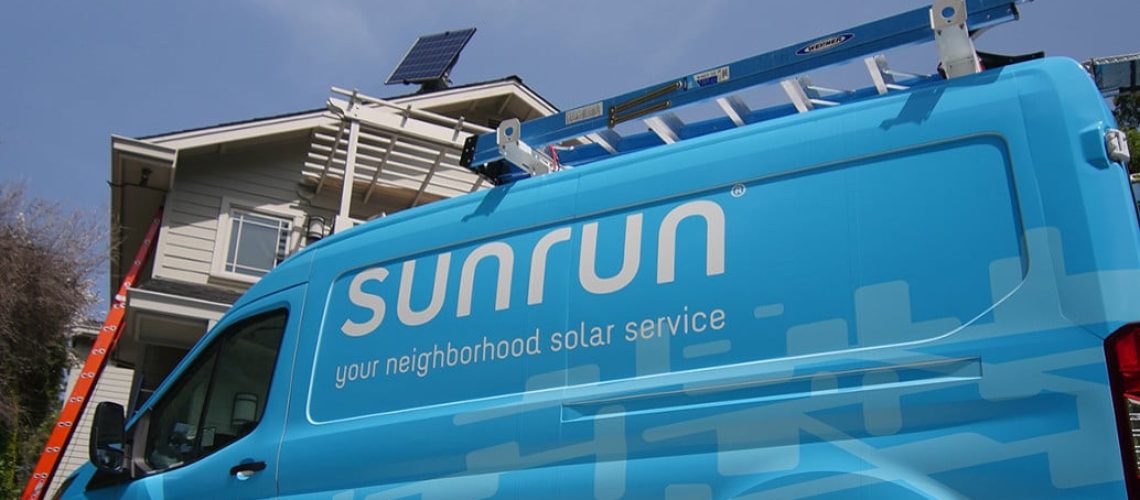Over 16,000 Sunrun customers will supply the grid during peak electricity demand events.
Residential solar and energy storage provider Sunrun announced it has connected more than 16,200 California homes in a virtual power plant (VPP) to supply electricity during high-demand events in the summer.
A VPP is a virtual aggregation of small-scale, distributed energy resources (DERs) including PV, energy storage, electric vehicle chargers, and demand-responsive devices such as water heaters, thermostats, and appliances. VPP technology has shown immediate promise in replacing natural gas “peaker plants” on grids, offering additional capacity during times of peak electricity demand.
The VPP program is expected to reduce strain on the grid and provide power to local California communities to help prevent power emergencies. Customers in the program agree to enroll their battery-stored electricity in an energy dispatch schedule and are compensated for participation.
Last year, Sunrun’s VPP program, called Peak Power Rewards, supplied utility Pacific Gas & Electric up to 32 MW of power during evening peak demand hours from over 8,500 customer batteries. This summer, Sunrun is expected to roughly double enrollment and the capacity serving the grid.
This year’s VPP, called CalReady, will be run via the state’s Demand Side Grid Support program, administered by the California Energy Commission. The program comes as part of California’s Strategic Reliability Reserve, which aims to boost energy supply during heat waves, wildfires, and other extreme events.
(Read: “VPP preventing blackouts in Puerto Rico“)
“By sharing their clean solar power, they are making California’s grid more resilient for everyone. Sunrun’s CalReady is far and away the largest virtual power plant in the country and serves as a model for what the electric grid of the future should look like,” said Sunrun chief executive officer Mary Powell.
During the five months of this year’s CalReady program, Sunrun customers agree to enroll their battery to be tapped for energy dispatch up to 35 times over the summer.
The Energy Information Administration (EIA) shared that as solar adoption grows in California, a grid imbalance described as the “duck curve” is deepening. The midday dip in net load is getting lower, making it more difficult for the California Independent System Operator (CAISO) to balance the grid.
The swing in demand for electricity from conventional power plants from midday to late evenings, when energy demand is still high but solar generation has dropped off, means that conventional power plants like natural gas-fired peaker plants must rapidly ramp up electricity production to meet demand. Coordinated VPP programs like Sunrun’s CalReady can help serve this demand, lessening the need for inefficient natural gas peaker plants.
“The benefit of Sunrun’s fleet of many thousand batteries is that they can be orchestrated in unison. It’s the scale, speed and capacity that makes Sunrun’s virtual power plants so valuable,” said Chris Rauscher, head of grid services, Sunrun.
Raucher said that the VPP behaves like a centralized power plant in that it is controlled and dispatched by a single entity. He said a VPP has the advantage of being a distributed resource spread across houses statewide, making it more flexible, resilient, and adaptable when compared to a single-location centralized power plant.
Over the last decade, the U.S. has spent more than $120 billion on 100 GW of new generation capacity, mainly for resource adequacy. A study by Boston-based consultancy Brattle Group estimates utilities could save $35 billion by 2033 by focusing on VPPs for peak demand capacity.
“By deploying grid assets more efficiently, an aggregation of distributed resources lowers the cost of power for everybody, especially VPP participants,” said Jigar Shah, the director of the U.S. Department of Energy (DOE) Loans Programs Office.



